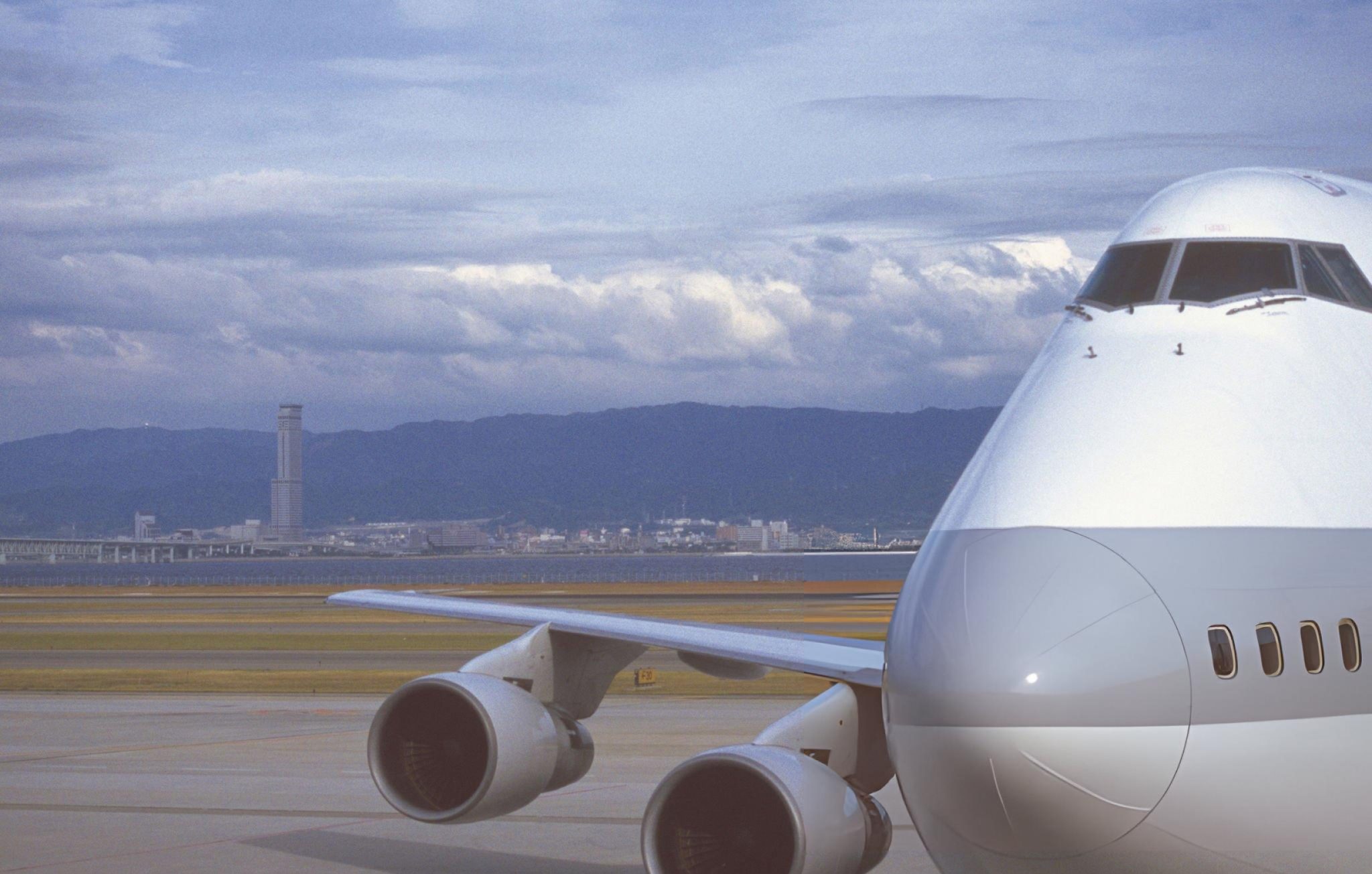Cathay’s Engine Troubles: A Symptom of Aviation’s Push to the Technological Edge
The recent cancellation of flights by Cathay Pacific Airways Ltd. due to issues with its Airbus SE A350 fleet has brought attention to a growing concern in the aviation industry: the limits of current engine technology. As the world grapples with the challenge of reducing emissions from air travel, the push to make aircraft engines more efficient has brought them closer to the edge of what technology can safely achieve.
The Efficiency Drive in Aviation
Long before climate change became a dominant concern, the aerospace industry was already focused on squeezing as much power as possible from every gallon of jet fuel. Fuel costs make up about a quarter of expenses for most airlines, driving an endless quest for efficiency. This focus has led to innovations like the A350’s fuselage, made from lightweight carbon fiber, and the winglets at the tips of its wings that reduce drag. These advancements have all been aimed at reducing fuel consumption, thereby cutting emissions.
However, the most intense efforts to improve efficiency have taken place inside the jet engine itself, where fuel is burned under extreme conditions to produce thrust. Increasing the temperature and pressure at which fuel is burned is one of the most effective ways to get more energy from each drop of fuel. This approach has allowed Airbus to claim that the A350 uses 15% less fuel than previous models, a significant improvement in an industry where even small gains are hard-won.
Pushing the Limits of Engine Technology
The downside of these advancements is that they place enormous stress on the materials used in engines. Turbine blades, the components at the heart of an engine, must withstand temperatures that would melt most metals, all while spinning faster than the speed of sound. To prevent these blades from failing, manufacturers like Rolls-Royce coat them with ceramics and use intricate cooling systems. Despite these precautions, the cutting-edge nature of these components makes them prone to defects.
Cathay Pacific’s recent issues are believed to be related to the fuel lines of its Rolls-Royce XWB-97 engines, which power its A350 aircraft. The XWB-97 is one of the most advanced engines ever made, but it is also known for being temperamental. Last year, Emirates President Tim Clark described the engine as “defective” due to the frequency with which planes need to be taken out of service for maintenance. This issue is not unique to Rolls-Royce; other manufacturers, including General Electric and Safran, have faced similar problems with their own high-efficiency engines.
The Challenge of Further Improvements
These failures should not be seen as evidence of incompetence on the part of engine manufacturers. Instead, they highlight the immense difficulty of making further improvements to a technology that has been evolving for nearly eight decades. While there are still ideas for making engines even more efficient, significant breakthroughs are likely to take decades. By then, any reductions in emissions from new engines will likely be offset by the expected increase in air traffic, which is predicted to triple by 2050.
The Limitations of Sustainable Alternatives
Sustainable aviation fuels (SAFs), made from crops or captured carbon, are often touted as a solution to the industry’s emissions problem. However, these fuels typically only reduce emissions by about 10% compared to conventional kerosene, a modest improvement at best. Moreover, SAFs are far more expensive to produce and are unlikely to be available in the quantities needed to make a substantial impact on global emissions.
The real game-changers in aviation—electric aircraft for short-haul flights and hydrogen-powered jets—are still in the early stages of development and are not expected to be commercially viable until the middle of the century. In the meantime, engine manufacturers are focused on making incremental improvements to their existing designs, a task that is proving increasingly difficult as they push the boundaries of what current technology can achieve.
Conclusion
Cathay Pacific’s recent engine troubles are a reminder of the challenges facing the aviation industry as it seeks to reduce its environmental impact. The relentless pursuit of efficiency has pushed engine technology to its limits, leading to defects and maintenance issues. While there is hope for more sustainable forms of air travel in the future, for now, the industry must grapple with the reality that even the most advanced engines come with significant risks.







